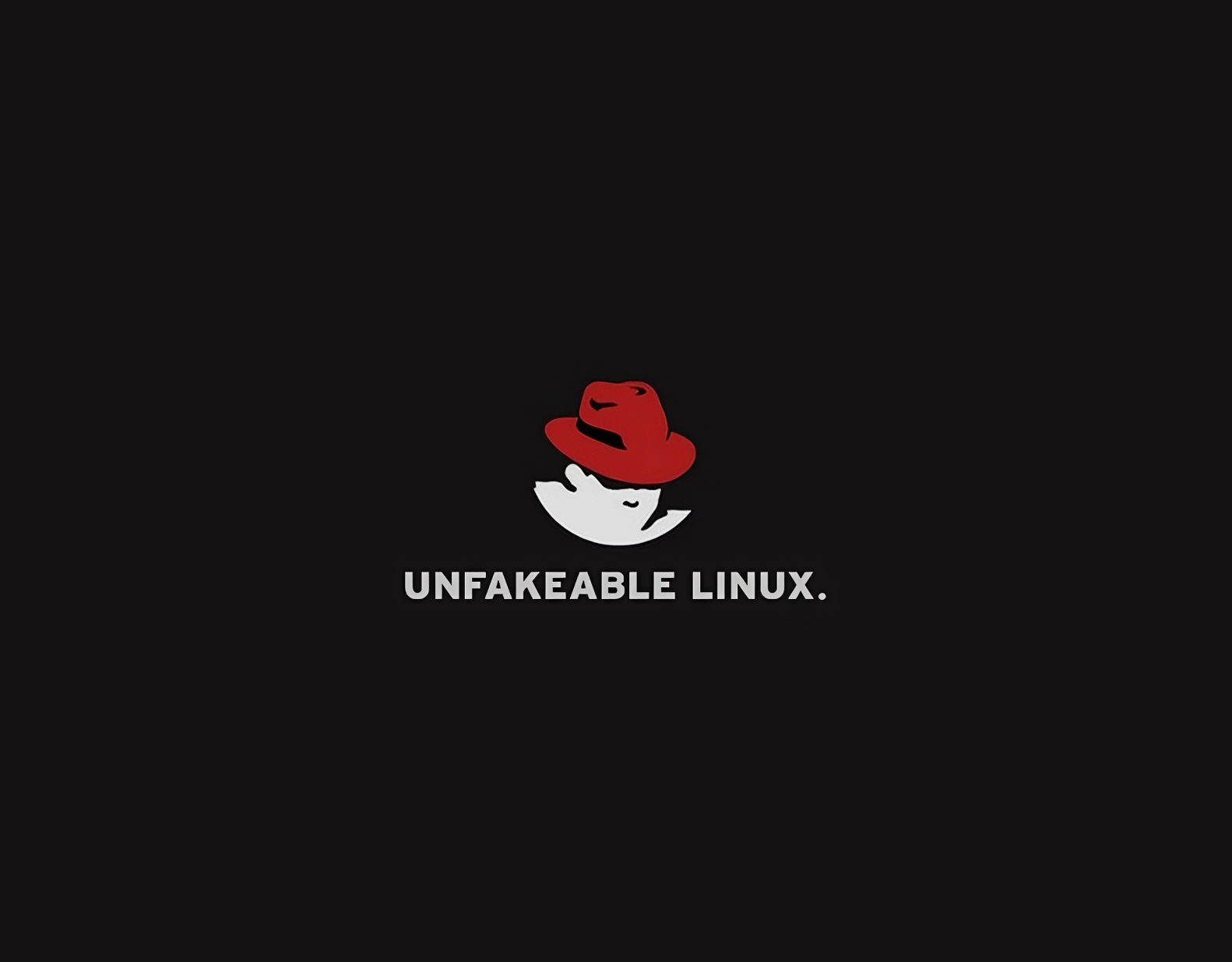
Tab Overflow: Markdown for timelines, AI for 78s, the superpower of being glue, and maddog on Red Hat
Still working on the next installment of the Clone Wars, but in the meantime… some interesting things I’ve stumbled on the past few days. AI Audio Challenge: Audio Restoration of 78rpm Records — The Internet Archive is looking for “a program that can take all or many of the 400,000 unrestored records” in its 78rpm archive and clean them up. They have 1,600 examples of 78s that were cleaned up manually by humans, and are hoping that they can be used to train a program to do the work in an automated fashion....






